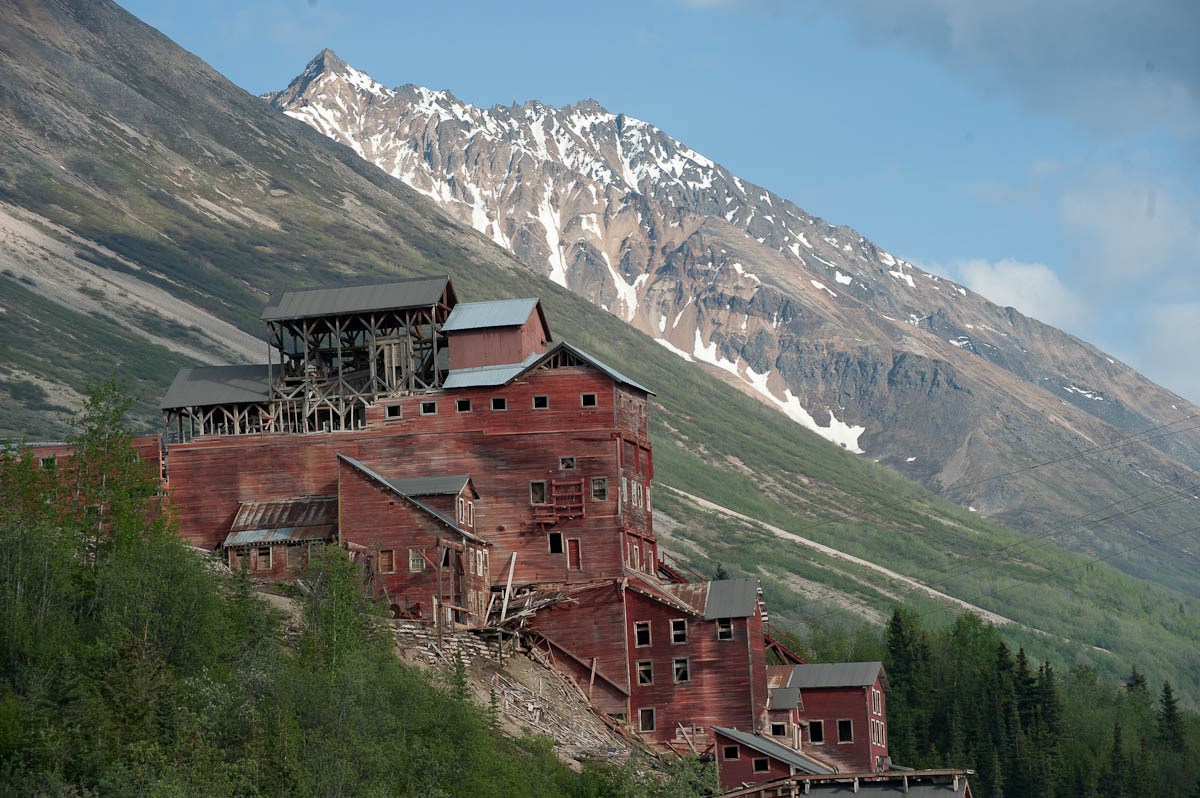Part of a series of articles titled Values Embodied in Geoheritage.
Previous: Ecological Value
Next: Educational Value
Article

NPS Photo by Neal Herbert.
Geologic heritage sites are valuable components of local and national economies. Tourism to sites creates needs for travel, lodging, food service, and other hospitality and recreation-based businesses in local communities. In 2013, more than 273 million visitors to all National Park Service areas spent more than $14.6 billion in communities near these sites, supporting nearly 200,000 local jobs and contributing $26.5 billion to the economy of the United States (see Cullinane Thomas et al. 2014). The federal budget for the National Park Service is about $2.7 billion, meaning that every dollar invested in the national parks by taxpayers creates nearly $10 in economic activity.
Geologic heritage sites may also have direct economic value associated with their past or present geologic resources (precious metals such as gold and silver) and energy resources (coal, oil, and natural gas). Abandoned mineral lands represent one type of geologic heritage feature originally valued primarily for economic opportunities. For example, between 1911 and 1938, the Kennecott Copper Mine, now a historic landmark within Wrangell-St. Elias National Park and Preserve in Alaska, produced more than $200 million worth of copper and supported a community of hundreds of people. Past mining sites tell us much about the economic forces that lured Europeans and others to North America, drove westward expansion, built the nation’s cities, and continue to support our society.
Part of a series of articles titled Values Embodied in Geoheritage.
Previous: Ecological Value
Next: Educational Value
Last updated: December 21, 2020